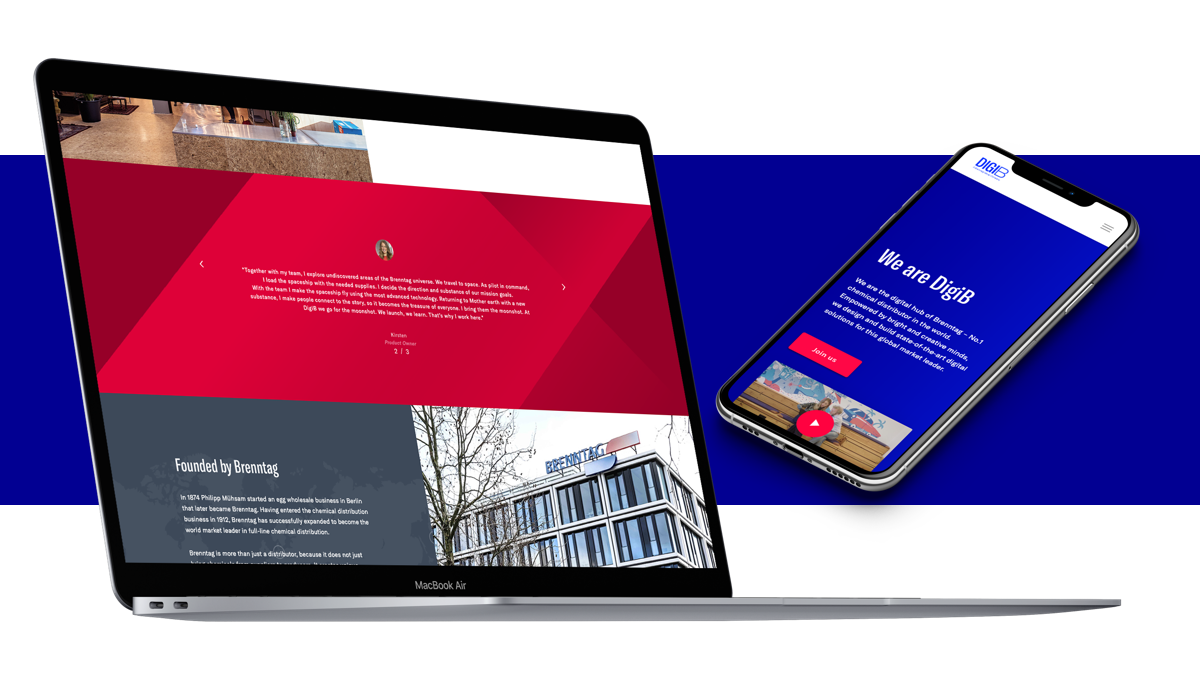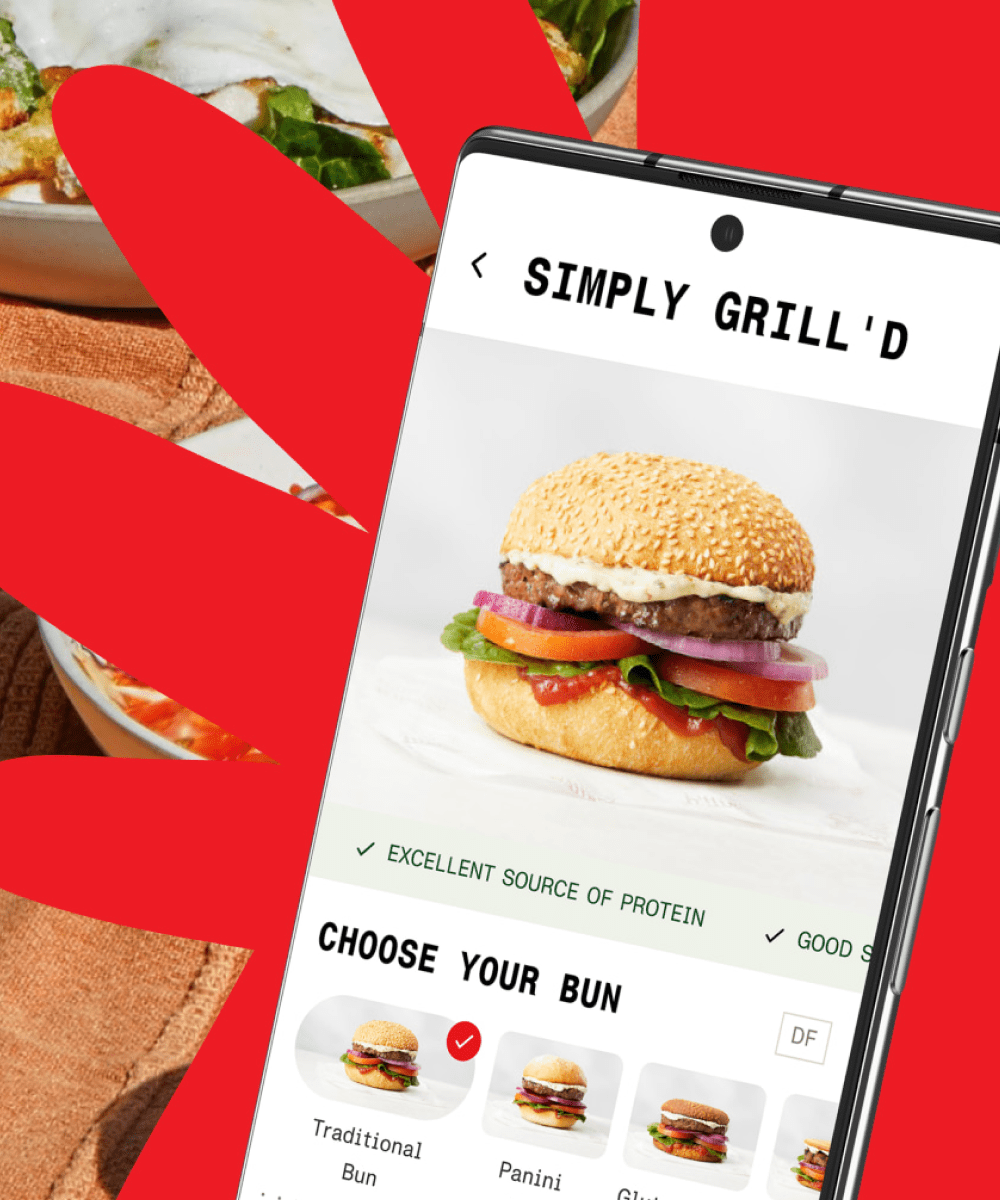There is a tendency in the B2B e-commerce sector to look across to the top B2C brands and play down the applicability of the features and techniques that make their sites market leaders. The idea that stylish sites and flashy features only fit the B2C model, while B2B should focus on the bread and butter options to fit the typically measured and professional tone of voice that many B2B brands use. This is misplaced thinking, based on the division of B2B and B2C. In reality, there are businesses, there are customers, and there is e-commerce. Shopper psychology spans across each; the features that allow B2C brands to excel in the online space are there because they work. Chiefly, personalisation.
Personalisation has always played a role in commerce. In the past, personalisation existed in retail as an in-store assistant, and in industry as a sales rep that would build a relationship with the customer over time, learning their needs, their pain points and how they liked to conduct their business. These approaches have always led to a much improved buying experience; faster, easier and more accurate. But these relationships take time to build; it’s a long term process of listening, learning and responding. And while human-to-human contact is still very much valued, digital technology, data tracking and analysis can bear the load. When implemented well, personalisation can speed up sales cycles and nurture prospects into loyal customers.
Advancements in digital technology have radically cut the time it takes to understand each individual customer and provide a personalised commerce experience. This technology is widely available, often built in to your content management system; all businesses now have the ability to implement personalisation strategies into their marketing and commerce efforts. This is good news, seeing as smart personalisation engines used to recognise customer intent can lead to an average profit increase of 15%. The flipside to this, is that personalisation has moved from an added benefit of certain businesses to an expected feature across every experience. 33% of consumers abandoned a business relationship last year because of a lack of personalisation. This is a necessity, not a nice to have feature.
Utilising account specific data
When starting to think about how your business can use personalisation in its commerce sales funnel, begin by thinking about how the company can collect data about customers and visitors. It’s important to begin with data capture, as the implementation of features depends on the type of data collected.
For specific customers, data primarily comes through the account creation process: job function; past purchases; which pages they have previously visited on the site; their dwell time; on-site search history, and so on. If the current data collection on account creation is limited, build this out for future customers and consider requesting current users to update their profile with more information upon their next login. Rather than hiding the motive, make it clear that the company will be using the data for an improved, personalised shopping experience. This clarity will boost the numbers opting in to data sharing, as it clearly offers a mutually beneficial exchange.
Putting this in place, electronics manufacturer Omron was able to create a site that adapts to the needs of each visitor. By using information on the job function of each logged in visitor, the Omron site could dynamically adapt and funnel distributors, systems integrators, Omron employees and end users to the appropriate pages. This is a simple solution, using just one piece of data to adapt the site, but it has a major impact, with the ability to scale up personalisation based on further gathered information.
Making use of digitally automatically collected data
Thinking about data capture also means thinking about the information that is automatically collected when a user visits the site, whether logged in or not. Their location data, the search term that brought them to the site, their onsite user journey – all of this information can inform your personalisation approach. Personalisation based on this information is subtle, possibly unnoticed as the visitor explores the website. They may not recognise the personalised experience, but will come away thinking that the shopping experience was quick and easy.
This also applies to classic customer segmentations, a general grouping based around shared behaviours. Personalisation doesn’t always mean single individuals. These segmentations can be useful when thinking about broader data automatically collected by new visitors to the site, as the depth of information isn’t there to create an individual response. As an example, an electronic parts company could use site search data to establish a segmentation that prominently displays associated purchases to visitors.
With an understanding of how data is collected, your business can begin planning the execution. At this stage, think in terms of what can be done onsite and off-site. While it is easier to control the onsite content and design, focusing solely on the website can see businesses missing out on the opportunity to fine tune their contact with customers through advertising and direct messaging.
Dynamic content
Onsite, dynamic content is a useful tool to make use of. This is content that adapts based on the data that is fed into the CMS, whether it is account data, previous purchases, search terms, and so on. The most obvious use is often found in the leisure and tourism space; if a visitor clicks on a number of pages relating to Italian destinations, the site can adapt the background images on more general pages to show Rome, Venice and Florence.
In the B2B space, dynamic content can be used to display relevant information, based on what is known of the customer. If they have listed their job function as logistics, they can be shown contextual information on delivery times and options, while a member of the finance team will see more about pricing options and different payment plans.
Accelerating everyday tasks
Speeding up common processes is another use, particularly helpful when looking to keep long term customers engaged. There will be a number of actions that returning customers have to redo with each visit, the most obvious example being adding items to the basket.
This is particularly important for B2B commerce as orders can be large and complex, and customers are more likely to repeat their orders when compared to B2C. Improving reordering was a key feature when developing Brenntag’s new commerce platform, Brenntag Connect.
As a chemical distributor, Brenntag has a strict process when allowing new customers to use their service. Customers are typically placing large, identical orders, leading Brenntag to create an automation service that places repeat orders and provides relevant contextual information when customers need to make an adjustment. This is a clear indicator of why it’s important to remember that personalisation is not fitting to how customers buy, it’s fitting to how customers behave.

Supplying more information to upsell
When customers are returning to reorder from your company, there is an opportunity to upsell existing products and promote new ones. This goes beyond ‘customers who bought X also bought Y’. This form of personalisation should aim to suggest alterations and explain the reasoning, based on the specific customer’s order. Think of it as a digital representation of the sales rep relationship, understanding the developments in a customer’s business and reacting with new solutions.
It can also be developed into a website feature, an interactive problem solving flowchart or chatbot that allows visitors to input their problem or need and see what solutions the company would suggest.
Optimising site speed
Not every on-site personalisation improvement is interactive and clear for customers to see. Adding in predictive loading is one example, a feature that speeds up the load time for each page on your site based on similar customer journeys.
Customers may never realise that the site they visit uses predictive loading, but they will notice if a site is slow to load. Selling needs to be as smooth as possible; slow loading leads to a larger bounce rate. Installing features, like predictive loading, that uses the information gathered when analysing personalisation can ensure the process never stalls.
Off site-actions
Personalisation also applies to actions that the company makes off-site. Email is one area, automated workflows for customers that left the site without checking can bring them back, boosting conversion through reminders and specialised offers. This can similarly be used for surrounding purchases, following the frequency of repeat purchasing or the typical time it takes for a customer to branch out to a new product.
Also consider how the purchasing journey exists across different touchpoints such as apps, social media and face-to-face meetings. Is it easy to bring up the customer profile and optimise their order based on this information? This kind of integration creates a seamless experience, perfect for B2B’s longer, omnichannel purchasing journeys.
Facilitate an easier commerce experience
In each recommendation, the end goal of facilitating a faster, easier, more accurate commerce experience remains the number one priority. By hitting each aim, the business makes each customer more likely to checkout, more likely to return, and more likely to talk to people in their industry about how great purchasing from your business is. These improvements build up, a snowball effect that ultimately results in increased sales and larger, loyal customer base.
More Insights?
View all InsightsQuestions?
Managing Director UK





